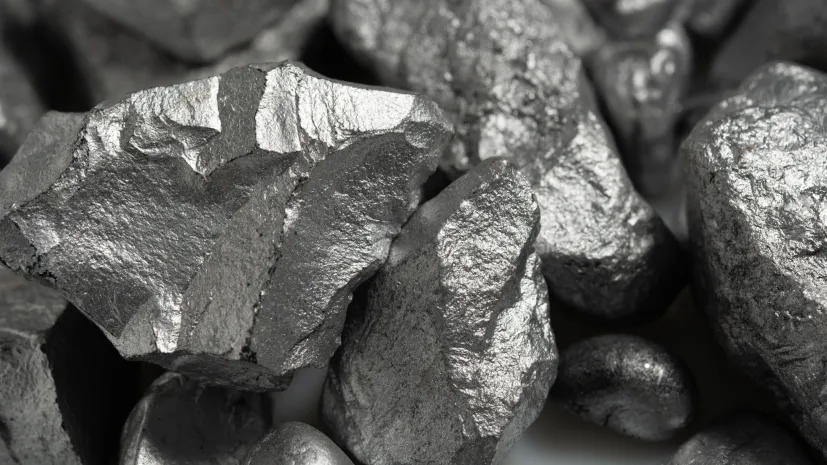
Lublin/ Scientists from UMCS developed new method for recovering rare earth elements
Scientists from the Maria Curie-Skłodowska University in Lublin have developed a new method for recovering rare earth elements from nickel-metal hydride batteries. These elements, used in the production of electric cars and laptops, among other things, are crucial for the development of modern industry.
-
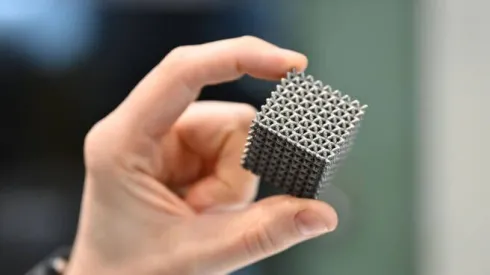
Scientists from Wrocław University of Science and Technology are working on new materials for military ships
A team of scientists from Wrocław University of Science and Technology has joined an international consortium that does research on new stealth technology materials for warships, the Wrocław university representatives report.
-
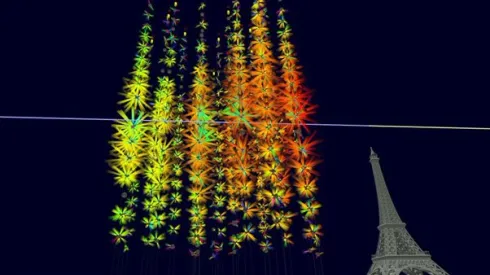
Neutrino World Championship: Record-breaking flash from space at sea bottom
The KM3NeT underwater telescope at the bottom of the Mediterranean Sea has detected a cosmic neutrino with a record energy of 220 petaelectronvolts - an energy thousands of times greater than at CERN.
-
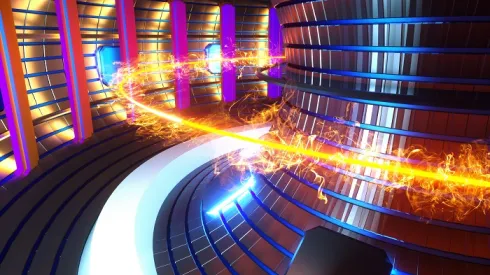
Scientists present new method for testing samples inside fusion reactors
An international team of scientists, including Polish researchers, has detected hydrogen isotopes from fusion fuel during a laser demonstration at the Joint European Torus (JET) tokamak. This laser technology allows to determine the chemical composition of samples in fusion reactors, among other things.
-
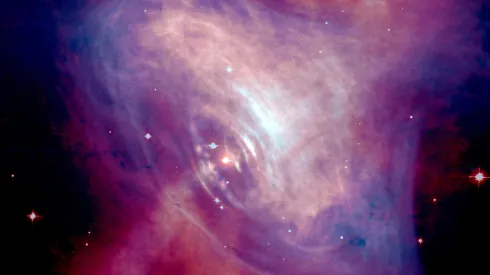
How stellar neutron soup bubbles
Scientists from Poland have developed a program that simulates the behaviour of matter in the inner shell of neutron stars. The program takes into account quantum effects, including superfluidity. This research allows to better understand how macro-scale phenomena emerge from the laws of quantum physics of the microworld.
-

How complexity of some quantum systems grows and then decreases
Researchers led by Michał Oszmaniec, PhD, from the Center for Theoretical Physics of the Polish Academy of Sciences have provided evidence of how the complexity of some chaotic quantum systems changes over time. They expect that their research may help us better understand what happens in black holes and wormholes.
-
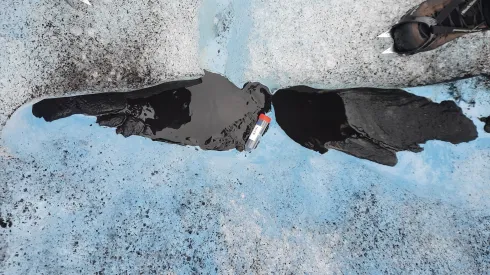
Radioactive plutonium will not hide. Scientists find it even on glaciers
Radioactive plutonium is released into the environment as a result of nuclear weapons tests, satellite failures and nuclear power plant accidents. Traces are relatively easy to find in sediments accumulating on glaciers. Research on plutonium traces was conducted in the northern and southern hemispheres by scientists from the Institute of Nuclear Physics of the Polish Academy of Sciences.
-
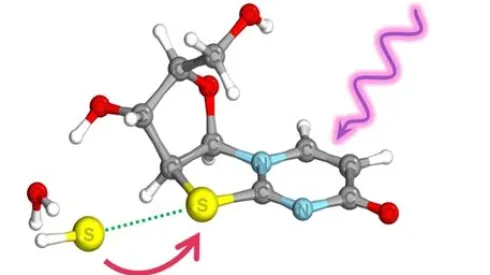
Polish scientists describe new type of chemical reaction in formation of DNA building blocks
Quantum chemists from the Wrocław University of Science and Technology have described the principles of a completely new class of chemical reactions. It was discovered during research on the formation of DNA building blocks from compounds present in the environment. In these reactions, chemical processes activated by UV radiation and the so-called chemistry of weak chalcogen interactions meet for the first time.
-
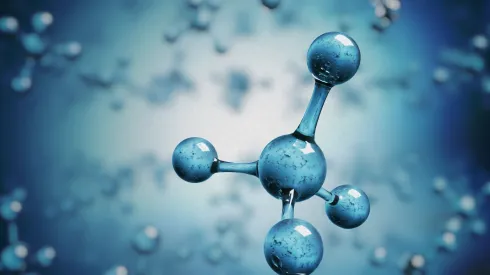
Sunny way to convert 'trivial' methane into more valuable ethane
Methane, the main component of natural gas, is a major environmental concern due to its role as a potent greenhouse gas.
-

Poland’s Quantum Leap: A Golden Opportunity We Can’t Afford to Miss
Poland is home to numerous world-class research teams specializing in quantum technologies, placing the country at a critical juncture in the global race to commercialize these groundbreaking innovations.













